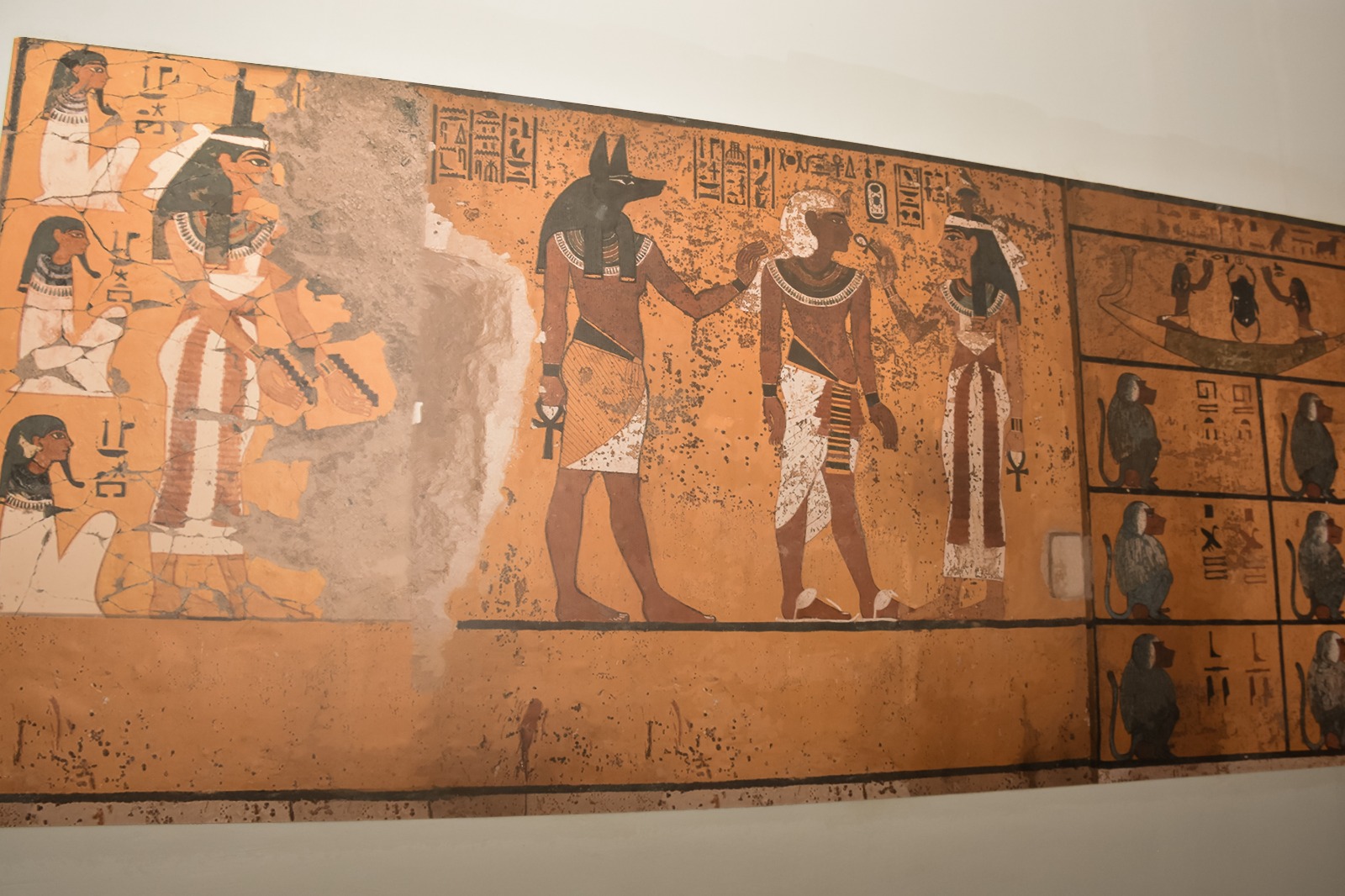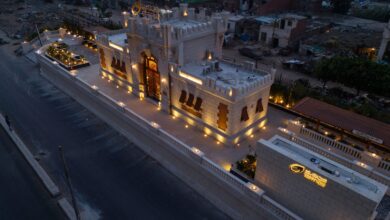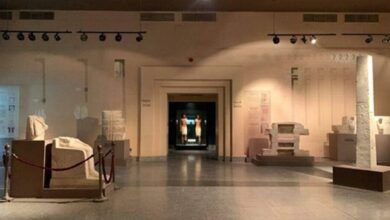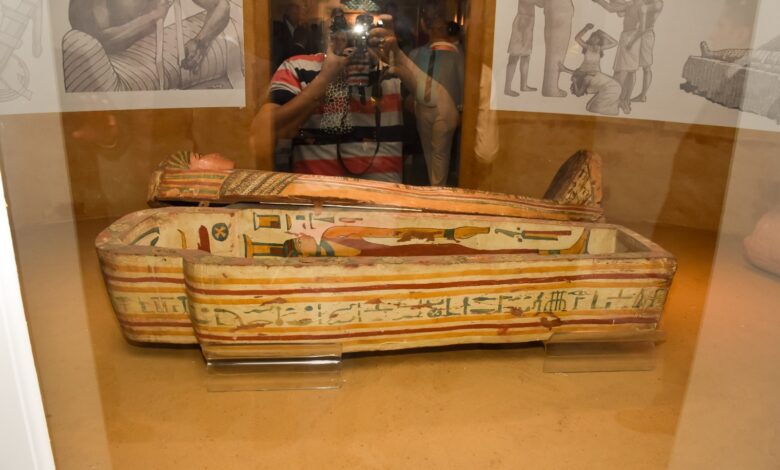
The Zaafarana Palace has been reopened as a museum to the public, with the Ministry of Antiquities celebrating the occasion by publishing a statement on the history of the establishment and its holdings.
The Zaafarana Palace Archaeological Museum includes 167 artifacts across various periods of Egypt, from ancient Egyptian times to the modern era.
The museum’s holdings were carefully selected from the stores of archaeological sites and Egyptian museums affiliated to the Supreme Council of Antiquities, including the Egyptian museum in Tahrir Square, Kafr al-Sheikh museum,the Museum of Islamic Art, Manial Palace, and Royal Chariots Museum,
Some of the presented artifacts were found during excavations by the Egyptian archaeological mission of Ain Shams University operating in the Arab al-Hosn area.
Amongst these are a group of papyri, Greek-Roman and Islamic currencies, as well as heritage manuscripts from the university library’s holdings.
A royal history
The Zaafarana Palace was built by Khedive Ismail on the ruins of the Haswa Palace in Abbasiya, which was built by Muhammad Ali Pasha.
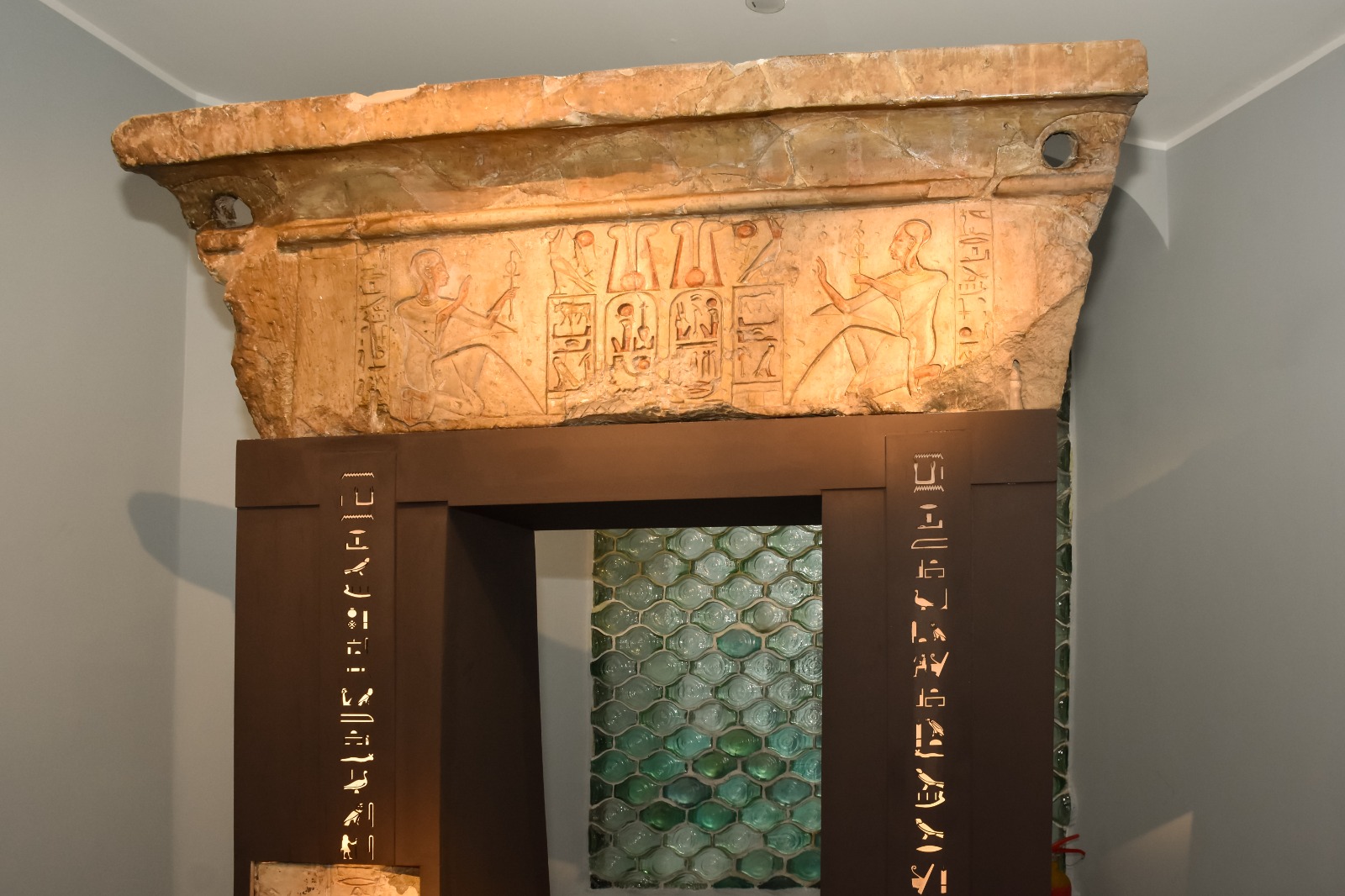
At the beginning of its construction, the palace was used to spend weekends and for horseback riding activities, then it was used as the residence of King Fuad I (1868-1936) and Queen Nazli.
King Farouk I (1920-1920) was born there.
During the reign of King Fouad I, the palace was used as headquarters to Fouad I Secondary School.
Then it was used as headquarters to the Egyptian University in early 1925.
By 1930, the university headquarters was moved from the palace, and it was bought by the Foreign Ministry. It underwent complete restoration and refurnishing with luxurious furniture.
It then became an official house of hospitality and a residence for senior visitors from 1930 to 1947.
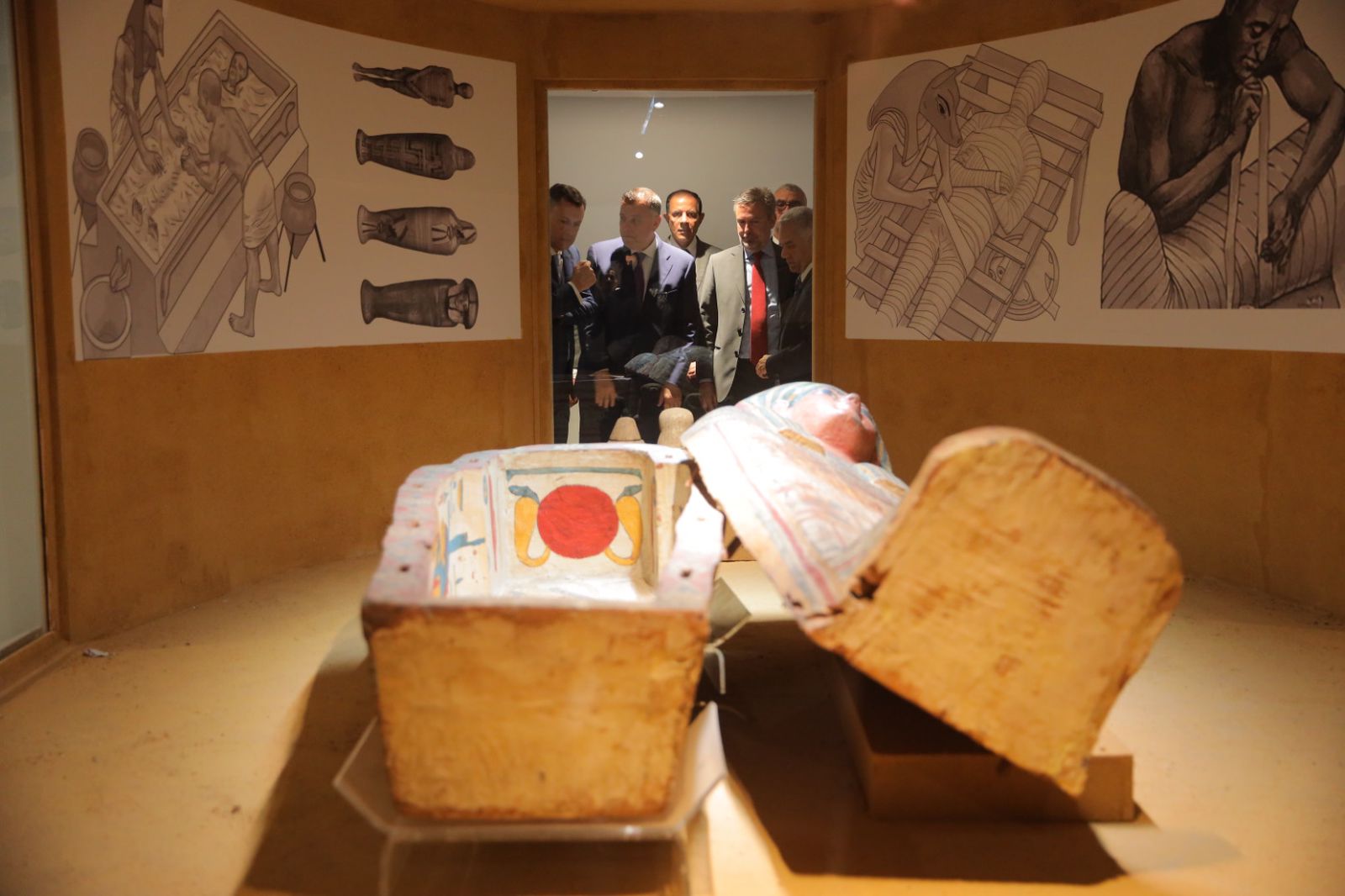
A number of kings resided in the palace, including King Abdulaziz Al Saud, and King Albert of Belgium.
The palace has been registered under the Islamic, Coptic and Jewish monuments list based on the decision of the Standing Committee for Islamic and Coptic Antiquities, on December 29, 1985.
The palace’s layout
The layout of the palace consists of two floors, a basement and a roof.
The palace has two entrances, one of which is the main entrance on the northern façade, and the other on the southern façade.
The first floor consists of the entrance hall, which opens to a number of rooms. The second floor consists of a large hall that opens to a number of rooms.
The external architecture of the palace consists of four stone sides crowned with prominent decorations in Baroque and Rococo styles.
The main façade is in the northeastern side. In the middle of this façade is the main entrance to the palace. It has a balcony leading to it by a two-way road from the northwestern and southeastern sides.
The floor was furnished with black basalt, and the basement façade consists of three entrances, the largest of which is the middle one, according to the Ministry of Tourism and Antiquities.
